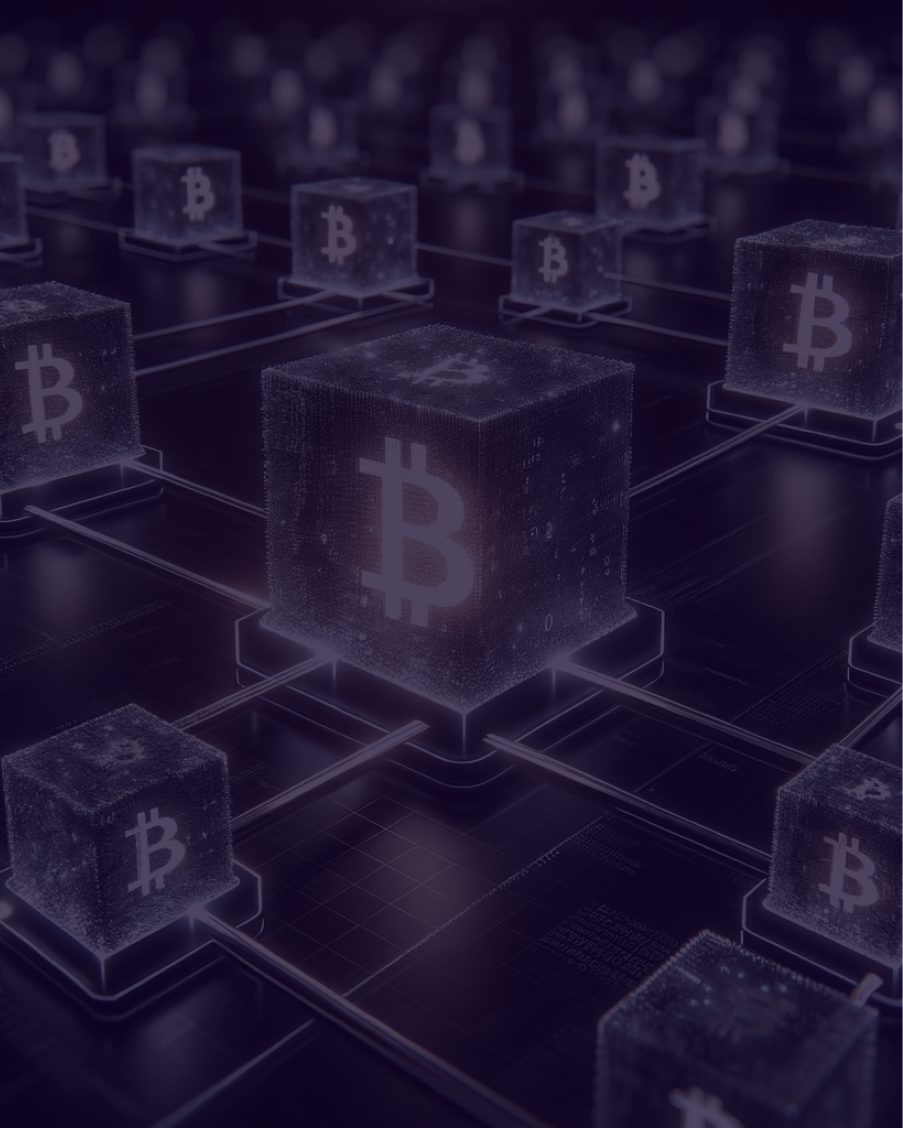This is the fourth part of “Bitcoin: The Misunderstood” a series of articles that debunk popular myths about Bitcoin.
We often hear that Bitcoin is speculative or that it has no intrinsic value. And that's true. Bitcoin is not like the shares of a company that generates revenue. Yet, Bitcoin is oscillating around 40 000 € in the summer of 2021. How is this possible? Is it the biggest speculative bubble of today? Some will tell you that Bitcoin is only a tool for speculation used by a few people who win, at the expense of many who lose. The 21st century's Ponzi scheme. But in reality, Bitcoin is mostly the first and last digital currency, created in 2009 on the internet, which allows millions of people to save and trade freely. The fact that Bitcoin has no intrinsic value is actually a very good thing.
Different phases of adoption
But then what makes Bitcoin so special? It's primarily its scarcity. The supply of bitcoins is limited to 21 million. Its production will never exceed this limit set in the rules governing its global network. In 2009, 1 BTC was worth less than 1 €, while it was worth 1 000 € in 2013, and it surpassed 10 000 € for the first time in 2017. These figures can be dizzying, but it is essential to remember that in 2009 and even in 2013, Bitcoin was not yet well understood, and especially very risky. The project was very young, and its success was far from assured. What is certain is that the adoption of Bitcoin as a currency goes through several phases as we continue to better understand the beast.
Bitcoin as a savings plan
At the beginning, Bitcoin was seen as a project for digital tokens to be collected by a few computer scientists, libertarians, and other members of a cypherpunk forum where the project description was published in 2008. The project was more or less doomed to fail, according to the initial critics who had seen its predecessors fail due to regulatory issues and censorship. Since then, Bitcoin has become known in wider circles due to its media coverage and the appreciation of its value against currencies like the euro or the dollar. As the total value of the Bitcoin network continues to grow, millions of people use it today. It seems that Bitcoin has entered a second phase of monetization: the savings plan.
“Bitcoin is for saving, not for spending [...] the primary use case of bitcoin is to preserve the life savings of the people so they can achieve their hopes & aspirations.” - Michael Saylor, President of MicroStrategy
A currency in the making
As a currency in development, Bitcoin has three functions that make it useful for its users. These functions seem to be adopted in an order that tends to confuse what Bitcoin really is. The answer to this question is very subjective and remains to be determined individually.
- Today, Bitcoin is used as a means of saving. It is referred to as a store of value, similar to digital gold.
- Bitcoin is also a means of exchange for purchasing goods and services around the world, such as paying for a good restaurant in Lyon.
- In less common cases, Bitcoin can be used as a unit of account to measure the prices of other goods and services, such as real estate.
These three functions represent the very definition of a currency. They don't just come at the same time in its use but in stages. The euro, which we are well acquainted with, also serves us in this way, except that its loss of purchasing power due to inflation makes it a less effective means of saving in the long term. In just 20 years, the euro has indeed lost 40% of its purchasing power. Bitcoin, on the other hand, has only appreciated over the years.
The value of Bitcoin
A free currency like bitcoin is individually valued by each person who wishes to use it. Its value is therefore completely subjective but rational, contrary to what some discourse might suggest. Indeed, an individual who decides to save in bitcoin today does so because they are aware of the limit of the total supply of bitcoins available. Therefore, there will be no unexpected inflation. Due to its digital nature, Bitcoin is also relatively easy to store, unlike gold or banknotes under the mattress. Bitcoin is also practical for purchasing other goods and services, as it can be sent almost instantly over the internet at a low cost. However, due to its scarcity profile, history tells us that one should think twice before parting with their bitcoin. Indeed, 1 bitcoin that costs 40 000 € today could well be worth more than 100 000 € in a few years. Why not wait before spending it?
Bitcoin, therefore, has objectively useful properties that allow millions of people to appreciate and use it as a currency. Bitcoin is rare, recognizable, divisible, portable across space, and durable over time. Objectively, Bitcoin might be the best currency we have known so far. No company or government controls it, making it highly resistant to censorship, another infinitely useful property for billions of individuals living under authoritarian regimes in 2021. It is not yet obvious to everyone, but every day new people realize its utility and value. Therefore, today it is riskier and more speculative to ignore Bitcoin in the face of traditional currencies like the euro, which recently experienced a very high monetary inflation, rising from 4.7 trillion euros in 2020 to more than 8 trillion in 2021. Almost as many euros were put into circulation in 2020 as in 20 years of existence. This is not without consequence on its purchasing power.





